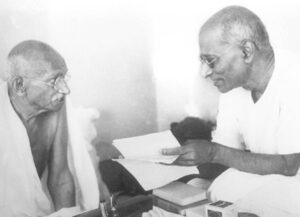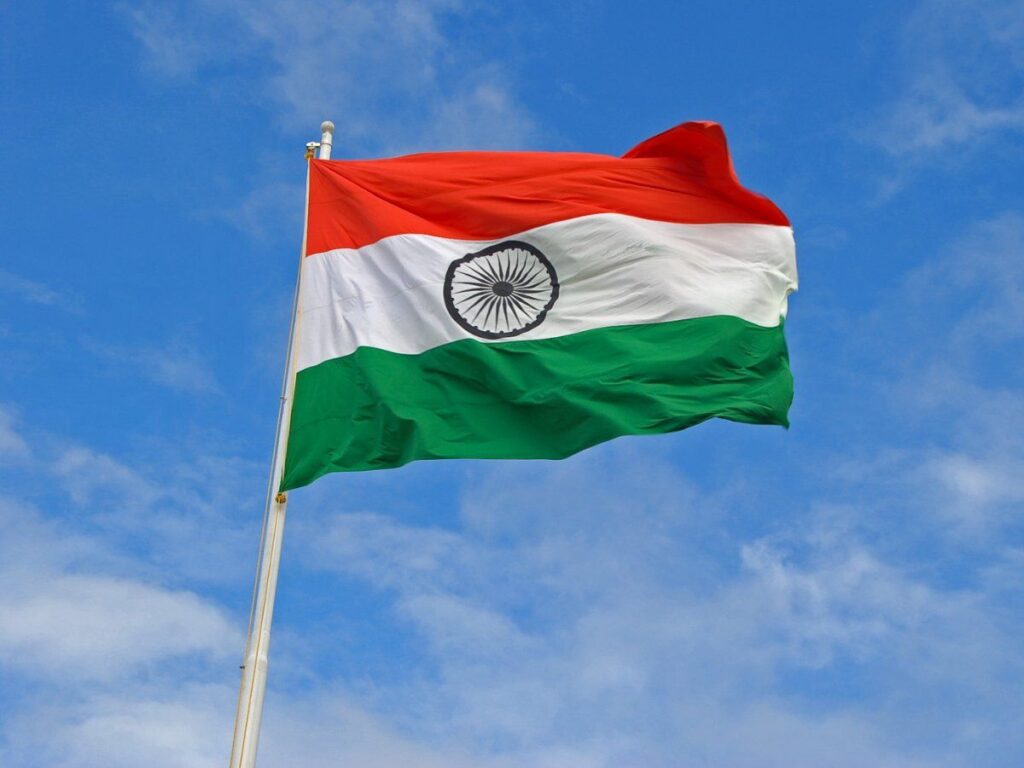Governor General Of India
-by Abhrajita Mondal
–Reading Time – 7 min Approx
You should know about the Governor General of India, if you are an Indian citizen. We have to go back to the times of British rule in India. The above title was conferred upon the Head of British Administration in India, and after independence on the British Monarch. The British Government had created the designation in 1773. Along with the above title, the title Governor General of the Presidency of Fort William was also created.
The second officer had a direct control over Fort William and also headed the British East India Company in India. In the year 1833, the British Crown gave complete power to the Title holder. Thus, in 1858, India came under direct control of the British Monarch. The Title holder, Governor General of India had direct control over the provinces that were under British control. The provinces that were under British control are Punjab, Bengal, Bombay, Madras, and United Provinces.
These were together referred to as British India. Many of the other princely states, had a direct relationship with the Monarch, although they were ruled by the native rulers. After India’s independence in 1947, the Monarch changed the title to Viceroy of India, and from then to the incumbent started representing the British towards the Feudal lords. After independence, the Sovereign named the Governor-General from amongst the Indian ministers, not the British ones, any longer.
More About the Governor General of India:
The Governor
General served tenure of five years at that time. However, the Sovereign could remove him earlier as well. After the term ended for a specific Governor-General, a provisional governor could be chosen from the ranks of provincial Governors. The Governor General had power only to rule over the Presidency of Fort William in Bengal. The Regulating Act granted them more powers that are related to foreign affairs and defense. The Crown refused the other Presidencies of the East India Company as in Madras, Bombay and Bencoolen, the authority to rage war on nor make peace with an Indian prince. The same could be done, without receiving the prior approval of the Governor-General and Council of Fort William.
Style and Title
The Governor-General used the style Excellency, and ruled over all the government officials in India. From 1858 to 1947, all Governor-Generals held the title Viceroy. The Wives of the Viceroys were called Vicereines. The Governor-Generals treated each other as peers. The first Governor-General and the last one held no special titles.
Flag
From 1885, the then Governor-General got permission to fly the Union Flag. After the Governor-General, the others who flew the flag are Lieutenant Governors, Chief Commissioners and other British officers.
Residence
The Governor-General of Fort William lived in Belvedere House. Currently, the Belvedere House houses the National Library. In 1854, the British Government created the Government House. The Lieutenant General shifted base there. Now, the Governor of West Bengal resides in Belvedere House. So, now you have quite a bit of information about the Governor General of India.
First British Governor-General of India:
Warren Hastings was a British Colonial Administrator, and the first British Governor-General of India. He was born on December 6, 1732. He was educated at Westminster School in London. He took special interest in Indian culture and civilization, while in school. At the age of 17 years, he got writership, which was a junior post in the British East India Company and he had to come to Bengal. He was the first de facto Governor-General of Bengal in 1772–1785. He and Robert Clive are credited with the establishment of the British Empire in India.
His work won him promotion in 1752 when he was sent to Kasimbazar, a major trading post in Bengal, where he worked for William Watts. While there he gained further experience in the politics of East India. Hastings was imprisoned in 1756, after the death of Alivardi Khan. At that time, the Nawabs were in a race to capture Bengal. At that time, Murshidabad was the Bengal capital. He stayed in Murshidabad for quite some time, and acted as the intermediary between the Nawabs and the administration. Later he escaped to the Island of Fulta, for fear of being killed. By then a number of refugees from Calcutta had taken shelter there. He married the widow of one of the victims of the Black Hole Tragedy.
You should know a little bit about the Black Hole of Calcutta. It was the name given to a dungeon in Fort William. The troops of Siraj-ud-Daulah, who was the Nawab of West Bengal at time, held prisoners. John Zephaniah Holwell, was one of the prisoners, who said that, after the fall of Fort William. The Nawab had imprisoned the British sepoys and few Indian civilian in the worst of conditions. Many people died of the suffocation. 120 out of the 146 prisoners captured, died there due to the same.
In the year 1773, he was appointed the Governor General of India. For ten years, he remained so and managed to spread the British rule in India. He resigned in 1784 and went back to England. However, once he reached England, he was accused of corruption by Edmund Burke. Sir Philip Francis, who was injured in a duel in India by Hastings, encouraged Burke to do so. The trial in English courts went on for seven long years. Later Hastings was acquitted of all charges.
Hastings was always very protective of his country, and was never self-centred. He was sometimes regarded as high-handed. Some quarters believed that Hastings was the most deserving, yet the most under-used people in the empire. He died on August 22, 1818. He was amongst the most well-known of British Governor-Generals in India. You can also call him the First Governor-General of Bengal.
Who Is the Last Governor-General of India?
Chakravarti Rajagopalachari was the Last Governor-General of India and the post was omitted in 1950. He was an Indian statesman, writer, lawyer, and independence activist. Moreover, he was born in Madras, and is the only Indian Governor-General of India. He was popularly called Rajaji. Moreover, he held many different positions, during his lifetime. He also founded the Swatantra Party. He was also one of the recipients of the Highest Civilian Award.
He was born in a Tamil Iyengar family. Moreover, he was the third son in his family. A sick child from the very beginning, his family thought that he would not live long. But he did make it. He did his matric and passed graduation from Central College in Bangalore. He also studied law from Presidency College in Madras, in 1897. Later on, he married Alamelu Mangalamma in 1897 when she was just 10 years old.
From the year 1900 onwards, he started his political career from Salem. At the age of 28, he joined the Indian National Congress. He closely worked with Mahatma Gandhi, and his daughter, even married Gandhiji’s son. Rajaji was involved in various movements, ad amongst them Vaikom Satyagraha was held as important. He also convinced the upper caste members in Vaikom, that Gandhiji did not want the caste system abolished. He only wanted untouchability to be abolished.
In the year 1916, he formed the Tamil Scientific Terms Society. It was an organisation that translated scientific words in chemistry, physics, mathematics, astronomy and biology into simple Tamil words. By the 1930s, he became one of the prominent leaders in Tamil Nadu Congress. Later, he also broke the salt laws, an even published Gandhiji’s newspaper, Young India. In the year 1939, Rajagopalachari issued the Temple Entry Authorization and Indemnity Act. It was done so that Dalits and Shanars were allowed to enter temples.
His tenure as the last Governor-General of India lasted from June 21 in 1948 to January 26 in 1950. At the time of partition, he also held the position of the Governor of West Bengal. His criticism of Netaji, led him to be hated by many. In 1952, he was also elected the Chief Minister of Madras. He resigned in 1954, after which he concentrated on his writing career. He later won Chakravarthi Thirumagan, which won the Sahitya Akademi Award in Tamil language in the year 1958.
After him, the position of Governor-General was abolished. After independence the post was abolished. So, you can see how the independence of India had shaped up various developments. So, now you know about the first and last Governor-General of India.
-by Abhrajita Mondal
Dear Reader, Hope you liked the post. If you think our initiative “The Creative Post” is worth supporting, then please support us by paying the amount you think we are worthy of. We believe, the value of content should be decided by the consumer. Hence we request you to evaluate our worth and pay accordingly by Clicking Here.


